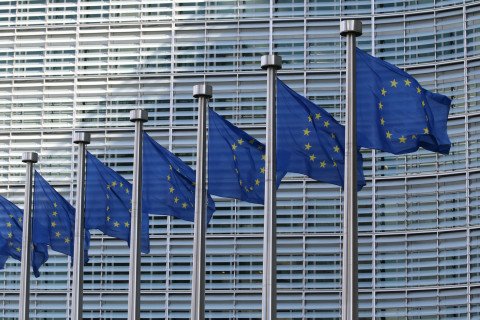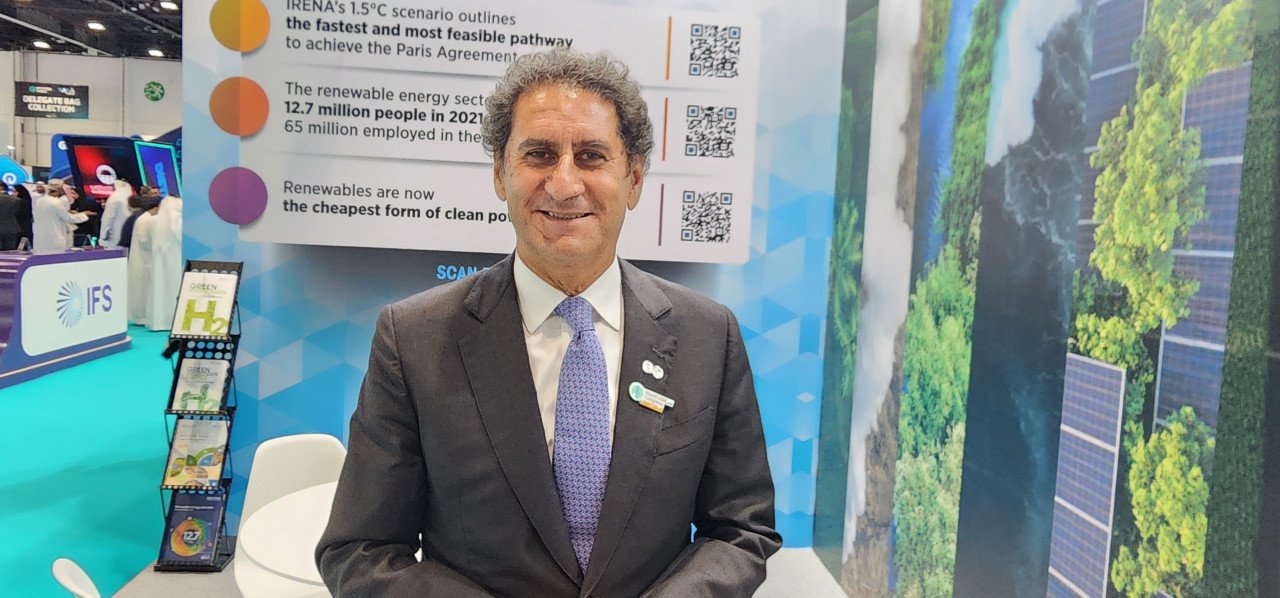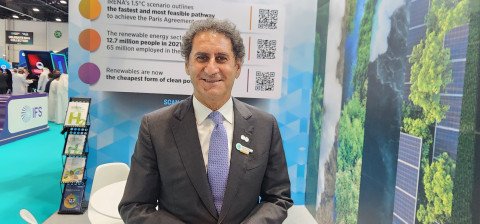‘The world needs to add 1,000 GW of renewables capacity annually, against 295 GW last year’
Francesco La Camera, Director General of IRENA (International Renewable Energy Agency), talks to ETN Editor-in-Chief Ashok Thakur on barriers limiting the off-take of renewable energy, ways to overcome them, and IRENA's growing role within the renewables sector.
Clean energy is picking up, but as chief of IRENA, what are your views on our ability to achieve Net Zero targets?
In our recent reports, we have made it clear that despite progress we are having in the renewables world, we are off-track to achieve the goals of the Paris Agreement.
We have witnessed a sharp decrease in the cost of renewables; they are now the most convenient way to produce energy, and over the past decade, installation of renewables capacity has outpaced addition of conventional sources of energy. Last year, despite all the challenges, renewables new installed capacity totaled 295 GW, or 83% of all new installed capacity.
But this is where the good news stops. Because we are off-track if we want to reach the goals of the Paris Agreement. We have already made clear in our publications and our World Energy Transitions Outlook, that…talking of 2030, we need to increase renewables capacity addition to 1,000 GW a year, so that we go from 3,000 GW of installed renewable capacity today to 10,000 GW installed capacity by 2030.
We have also set out a pathway for the global energy mix, and we recommend that energy supply, currently 66% from fossil fuels and 33% from renewable energy, switches to the inverse, so the fossil fuels contribute 33% and renewables 66% of all energy by 2030, dropping further to 25% fossil fuels and 75% renewables by 2050.
At a global level, which are the leading regions in adoption of renewable energy?
Since you are coming from India, I think I have to point out the source of the progress. I have been visiting India and this year I made clear how we think the ambition of India will be reached very well in advance in respect of the actual targets.
Also, China, where 50% of new capacity installation came from wind and solar installations. We have also seen new legislation in the US… lots of progress in Europe.
Where we are really lacking is the developing world… in Africa last year, only 1% of installed capacity was renewable, and we think that must change.
Any technological megatrend that you are seeing?
We see an increasing interest in Hydrogen for cleaning the steel sector and the industries.
Take us through the role of IRENA and how it promotes renewable technology.
IRENA traditionally has been a knowledge agency. When IRENA was born, the case for renewables was not yet made. Now of course, renewables are the dominant technology in the energy sector.
With regards to IRENA, we provide knowledge reports, global outlooks… now we are trying to strengthen our capacity to support planning, which we are doing for 80+ countries, and also assessment… we are providing assessment of renewable potential in almost 50 countries.
So knowledge and contribution to planning are the twin pillars of the agency. A third avenue has newly opened up, we are also open to implementation on the ground… and we have commitment of more that $1 billion from our sponsors…which is a good start.
How does IRENA support policy formulation and create the right ecosystem for implementation and development of new technology?
In our global energy transition outlook, we make it clear that there are three main barriers the world needs to overcome to accelerate off-take of renewables.
The first is the physical infrastructure. So, land grid, sea grid, sea route, storage, connectivity, flexibility… our energy networks still depend on the physical infrastructure developed for fossil fuels, which is a centralized structure. Now, we have a new energy structure and we need to move towards it. The second is the legal and policy areas, where there is a need for enablers, and the third is distribution capacity and skilled labor force.
Sourcing and integrating renewable energy with the emerging e-mobility sector is proving a challenge. Your take?
Yes, this too falls under infrastructure, and IRENA has pointed out issues such as the network, the charging, the ways of connecting the charging network to energy systems to optimize the use of renewable energy during the night, during the day… we are still far from all this, and this is the reason we are pushing for and pointing out that infrastructure is important.
What is IRENA's take on Hydrogen adoption for the industrial sector and e-mobility sectors?
Hydrogen can be produced everywhere … if you have renewables, you can produce Green Hydrogen, if you don't have enough renewables you can work with Blue Hydrogen or CCS.
Hydrogen could be a way to increase energy independence, that is to say, reduce your energy dependency on other nations. We see that everyone is engaging in Hydrogen… South America, North America, Africa, Namibia, Europe, India, Australia, China, Japan …
One advantage is that Hydrogen can be used where renewables cannot be used to electrify the grid. Hydrogen can also be used for seasonal storage as a way to balance energy needs and provide more flexibility to the grid system.
What are the immediate steps – say over the next 5 or 10 years – that should be fast-tracked for the world to achieve its Net Zero target?
The first thing that comes to mind is the three barriers that we have spoken about, these need to be overcome. The second is the addition of 1,000 GW of renewable energy, which we have been pushing for. These things will make a difference.
Is there any way for this sector to attract more talent? Particularly young talent? Say the way IT sector does it?
Statistically, more women work in the renewables sector than some other sectors… so as you can see, there is a capacity to attract talent. Also, young people love a challenge, yes? They want to work for their future… well, now, in the energy sector, renewables is the future.
Take us through your career. How did you select the energy sector?
I started to do cost-benefit analysis of environmental projects… many, many years ago. Then I jumped into sustainable area…and was leading sustainable development projects in my country (Italy). Then I was engaged in the European and the international arena in sustainable development…
But I realized you cannot have development if you do not have energy, and if you want the energy to be sustainable, then it must be green… from there, honestly I wasn't looking at IRENA, things just happened.
Is there anything you would like to tell individuals about how they can contribute to achieving the Net Zero target? Some tip, perhaps?
(laughs) Just be honest with yourself!




















